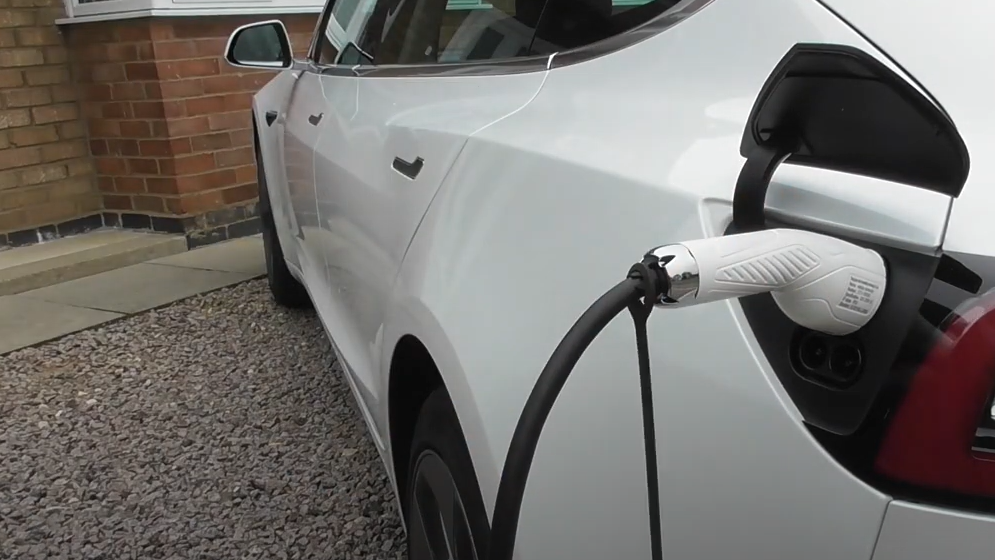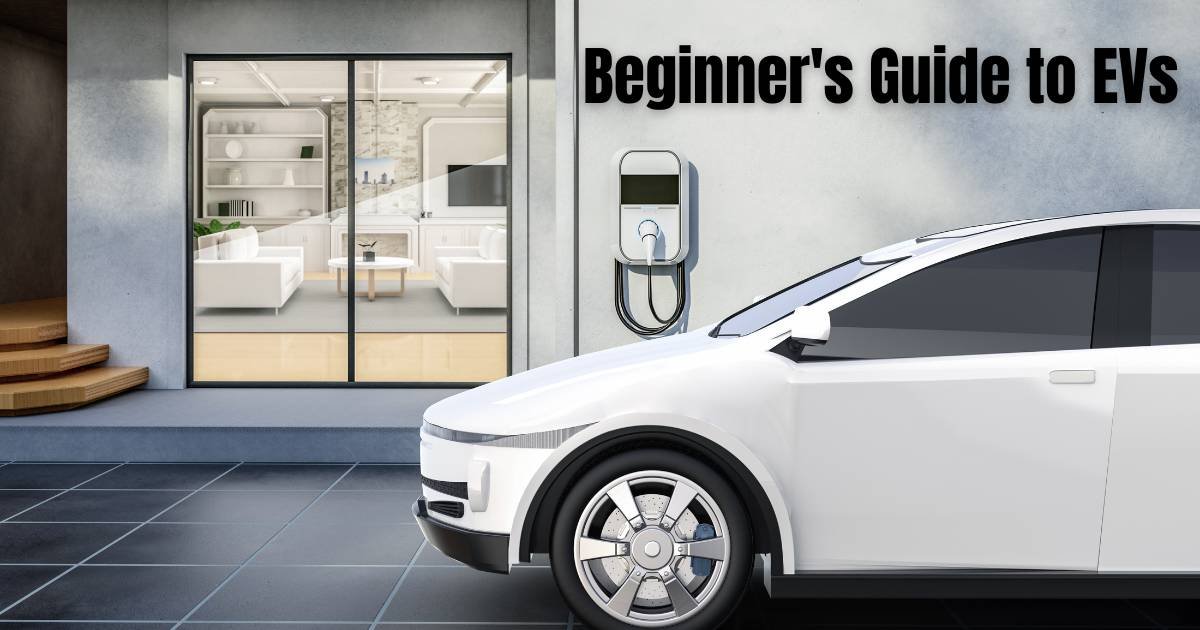Welcome to the Beginner’s Guide to EVs consider EVs the new bosses of the vehicle world. Since they burn power rather than fuel, which makes them cleaner and more brilliant. To have a lot of expertise with it you’re perfectly located. In the event that you are thinking getting one for yourself or only curious about it, we should jump into the exciting universe of electric vehicles.
How Do Electric Vehicles Work?
Electric vehicles are burned power rather than gasoline. Be that as it may, how would they work? We’ll explore functions of EVs, including their electric engines, batteries, and charging structure.
Electric Motors and Batteries
Electric vehicles are fueled by electric engines which work is unique in relation to the motor in a conventional vehicle.
Electric Motors: Electric motors are the heart and soul of an EV. They’re very efficient at turning electrical energy into motion. When you step on the accelerator pedal of an EV, electricity flows from the battery to the electric motor. The motor uses magnets and coils to create a rotating magnetic field, which generates the power needed to turn the wheels. The result Smooth and silent acceleration.
Batteries: EVs depend on batteries to store and supply electricity to the electric motor. These batteries are usually lithium-ion batteries similar to what you find in your smartphone. They can store a lot of energy, which allows EVs to travel long distances on a single charge. Battery technology is improving day by day leading to longer ranges and faster charging times.
Charging Infrastructure
Charging an EV is a fundamental aspect of ownership and understanding the available charging options is essential.
Charging at Home: One of the biggest advantages of owning an EV is the convenience of home charging. You can plug your EV into a standard electrical outlet at home using a Level 1 charger. While it’s the slowest option it is perfect for overnight charging. For faster home charging you can install a Level 2 charger which can provide a full charge in a matter of hours.
Public Charging Stations: Public charging stations are becoming more common, making it easier to charge your EV while you’re out and about. These stations offer faster charging, and some even provide DC fast charging, which can give you a significant boost in range in a short amount of time. Many public charging stations are now conveniently located at shopping centers, parking lots, and along highways.
Charging Times and Levels: Understanding charging levels is important. Level 1 and Level 2 chargers are typically used for home charging, while Level 3 (DC fast charging) is what you find at public charging stations. The charging time depends on the charger’s power level, the vehicle’s battery capacity, and the state of charge.
Types of Electric Vehicles
Electric vehicles (EVs) come in various types each with its unique characteristics and benefits. Let’s explore the different types of EVs available in the market to help you understand which one might suit your needs best.
Battery Electric Vehicles (BEVs)
Battery Electric Vehicles or BEVs are at the forefront of the electric vehicle revolution. They run entirely on electricity and do not have a traditional gasoline engine.
BEVs are powered solely by their electric motors, which draw electricity from a large lithium-ion battery pack. When you plug in a BEV to charge you’re essentially filling up its fuel tank with electricity. This electricity is then used to power the wheels and move the vehicle. BEVs are known for their quiet and smooth operation zero tailpipe emissions and the ability to travel longer distances on a single charge compared to other EV types.
Some popular BEV models include the Tesla Model 3, Nissan Leaf and Chevrolet Bolt EV.
Plug-in Hybrid Electric Vehicles (PHEVs)

Plug-in Hybrid Electric Vehicles, or PHEVs, offer a blend of electric and gasoline power, providing flexibility for various driving scenarios.
PHEVs have both an electric motor and a gasoline engine. They can operate in full electric mode for shorter trips using the electric motor and then switch to the gasoline engine for longer journeys or when the battery is depleted. PHEVs can be charged via a plug like BEVs or can rely on the gasoline engine to charge the battery while driving.
Some popular PHEV models include the Toyota Prius Prime, Ford Escape PHEV, and Mitsubishi Outlander PHEV.
Hybrid Electric Vehicles (HEVs)
Hybrid Electric Vehicles, or HEVs, are the predecessors of PHEVs and BEVs, featuring a gasoline engine paired with an electric motor.
HEVs use the gasoline engine and electric motor in combination to improve fuel efficiency. The electric motor assists the gasoline engine during acceleration and recaptures energy during braking, which is then used to recharge a smaller battery. HEVs do not need to be plugged in, as the battery is charged automatically through the vehicle’s operation.
Some popular HEV models include the Toyota Prius, Honda Insight, and Ford Fusion Hybrid.
Understanding the differences between these types of electric vehicles is crucial when deciding which one aligns with your driving needs and preferences. In the next chapter, we’ll delve into the considerations you should keep in mind before purchasing an electric vehicle.
Considerations Before Buying an EV
Before diving into the world of electric vehicles (EVs), there are some essential things you should consider.
Range and Battery Life
When buying an EV, think about the range—the distance the car can go on a single charge. It’s crucial because it determines how far you can drive before needing to recharge. Different EV models offer various ranges, so choose one that suits your daily driving needs. Also, consider battery life; over time, batteries degrade slightly, affecting the range.
Charging Infrastructure Availability
Before getting an EV, check the availability of charging infrastructure in your area. You want to have convenient charging options, especially if you don’t have a charger at home. Many cities now have public charging stations, and some offer incentives for installing home chargers. Make sure you can charge your EV conveniently.
Maintenance and Ownership
Owning an EV is different from a traditional gas car in terms of maintenance and ownership experience.
Maintenance Costs
The good news is that EVs generally have lower maintenance costs. They have fewer moving parts compared to traditional cars, so you’ll spend less on things like oil changes and engine repairs. Plus, regenerative braking helps preserve brake pads, saving you money in the long run.
Ownership Experience
Many EV owners rave about their experiences. EVs are smooth, quiet, and offer instant torque for quick acceleration. They’re also eco-friendly, as they produce no tailpipe emissions. Additionally, some regions offer incentives and rebates for EV purchases, which can reduce the overall cost.
Future of Electric Vehicles
The future of electric vehicles is bright, with exciting developments on the horizon.
Emerging Technologies
The EV industry is constantly evolving. Emerging technologies like improved battery tech and autonomous driving features are in the works. These innovations promise longer ranges, faster charging times, and safer driving experiences.
Environmental Impact
EVs play a crucial role in reducing carbon emissions and fighting climate change. As the world transitions to cleaner transportation, EVs will become even more important in reducing our environmental footprint.
That wraps up our Beginner’s Guide to EVs. Now that you’re armed with knowledge about the different types of EVs and what to consider before buying one, you’re better prepared to make an informed decision. Whether you’re ready to go electric or just curious about the future of transportation, EVs are here to stay and have a lot to offer.
Frequently Asked Questions about Beginner’s Guide to EVs
How do you get started with an EV?
To get started with an EV, first ensure it’s charged. Plug it into a compatible charging station or use a home charger. Next, get in the car, press the brake pedal, and turn it on using the power button or key, just like a conventional car.
What are the basics of EV cars?
EVs are vehicles powered by electricity stored in rechargeable batteries. They produce zero tailpipe emissions, have lower operating costs, and offer smooth and quiet rides. Key components include the battery, electric motor, and charging system.
How do electric cars work step by step?
Electric cars work by using electricity stored in a battery to power an electric motor. When you press the accelerator, electricity flows from the battery to the motor, which converts it into mechanical energy to drive the wheels. No internal combustion engine is involved.
How do you start an EV car?
To start an EV, follow these steps:
Ensure the car is in Park or Neutral.
Press the brake pedal.
Turn on the vehicle using the power button or key, depending on the model.
Release the parking brake if engaged.
You’re now ready to drive your electric car. Release the brake, and gently press the accelerator to start moving.
Remember to consult your EV’s specific user manual for detailed instructions, as the process may vary slightly among different models.
Conclusion
In conclusion, this Beginner’s Guide to EVs has shed light on the exciting world of electric vehicles. We’ve covered the basics, from how EVs work and the various types available, to essential considerations before making a purchase. As the automotive industry undergoes a remarkable transformation towards cleaner and more sustainable transportation, EVs are at the forefront, offering a promising future. Whether you’re a prospective EV owner or simply curious about the technology, understanding the fundamentals is your key to navigating this evolving landscape. Embrace the electric revolution, and let this guide serve as your starting point on the road to a more eco-friendly and efficient driving experience.
Remember, the journey to becoming a savvy EV enthusiast begins with this Beginner’s Guide to EVs.
I am David seasoned content writer, excels in crafting engaging, SEO-optimized content across diverse industries, driving engagement and results.

